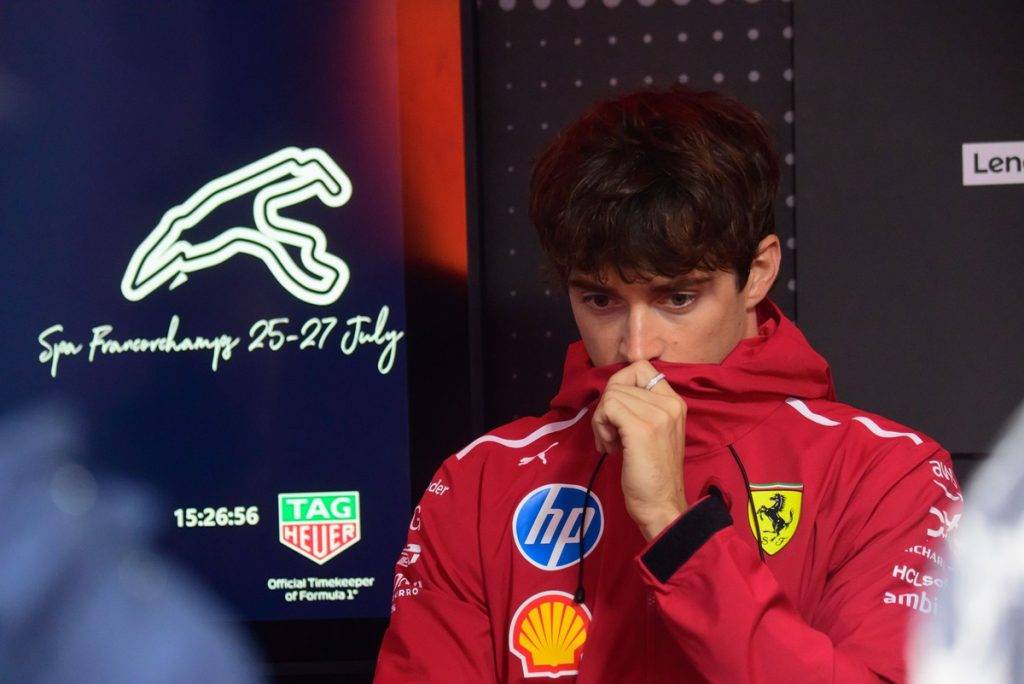Drivers Express Concerns Over 2026 F1 Regulations Ahead of Belgian Grand Prix
As Formula 1 gears up for the 2026 season, drivers have voiced significant concerns regarding the newly proposed regulations, leading to a wave of agitation within the paddock. With an emphasis on a 50:50 split between electrical and internal combustion engine power, the complexities of these changes have given rise to doubts about their impact on competition and driving dynamics.
What’s Got Drivers So Agitated About “Strange” 2026 F1 Cars?
Oscar Piastri of Mclaren articulated the prevalent discontent, stating, “At the moment [in the 2026 regulations], there are some challenges that aren’t necessary and won’t add to the competition or the spectacle.” With some drivers—most notably Charles Leclerc of Ferrari—criticizing the initial simulation runs of the 2026 cars, it’s clear that uncertainty looms large over next year’s designs. As teams prepare for a major shift in both technology and strategic driving, many are left questioning the direction F1 is heading.
Key Concerns Surrounding the 2026 Regulations
Weight and Performance Issues
Two primary areas of concern have emerged among drivers about the 2026 specifications. Firstly, there are worries regarding the weight of the new cars. Many fear that despite the supposed advancements, the cars may be only marginally lighter than their predecessors. Additionally, the narrower chassis and wheels could lead to decreased grip and downforce, with predictions suggesting a potential downforce reduction of up to 30%. However, experts believe this may be mitigated by F1’s innovative engineering.
Complexity of Energy Management
The second major issue is the complexity of the new energy management systems. The upgraded electrical component will deliver 350 kilowatts compared to the current 120kW, but drivers express concern that operating these systems will require them to spend excessive time managing switches on the steering wheel, potentially distracting from their core focus on driving.
FIA’s Response to Driver Concerns
In reaction to the drivers’ feedback, the FIA has introduced several adjustments to the technical regulations. These include a ‘turn-down ramp rate’ designed to taper power delivery in specific racing conditions and a sliding scale for energy harvesting based on track characteristics. These tweaks aim to alleviate concerns about excessive energy management and maintain competitive racing.
Drivers Adjusting to New Dynamics
Leclerc acknowledged some improvements in the regulations but indicated the challenge of adapting to a radically different set of driving dynamics. “As drivers, we’ll have to forget what we’ve learned and start from a blank page,” he said, recognizing the steep learning curve that lies ahead.
Nikolas Tombazis from the FIA acknowledged that early driver dissatisfaction is common during transitions to new regulations. Yet, with drivers like Lewis Hamilton embracing the challenge and expressing enthusiasm for the engineering complexities to come, the landscape remains fluid.
The Road Ahead
As F1 approaches its next phase, the impact of the regulatory changes will unfold during testing sessions in January, conducted behind closed doors to ensure a smoother rollout compared to past errors. Despite the initial trepidation, drivers like Carlos Sainz remain optimistic: “We’ll just adapt to whatever they give us,” he stated, highlighting the resilience built within the sport.
As F1 stands on the brink of a new era, only time will reveal how these transformative regulations will shape the future of racing.


